You might be looking forward to hitting the UFO-like clubs of Gangnam, tasting uber-famous BBQ dishes, and seeing the glinting beaches of Jeju, but there’s another side to this enticing and alluring Asian nation. Yep, there are some things to avoid in Korea whilst traveling, too…
Cue this guide. It runs through seven things that we think are best left off the menu as you explore this amazing peninsula nation in the depths of Asia. We hope it can help you dodge the worst of a trip and help you make the most of your time in the land between the Yellow Sea and the Sea of Japan.
We’ve gone for a surprising mix of things to avoid in Korea. One moment you’ll be reading about pungent fish dishes that stink out whole restaurants, the next you’ll be learning about how to handshake or what to wear in the peak of the summer months. Let’s get started…
Table of Contents
Dressing inappropriately
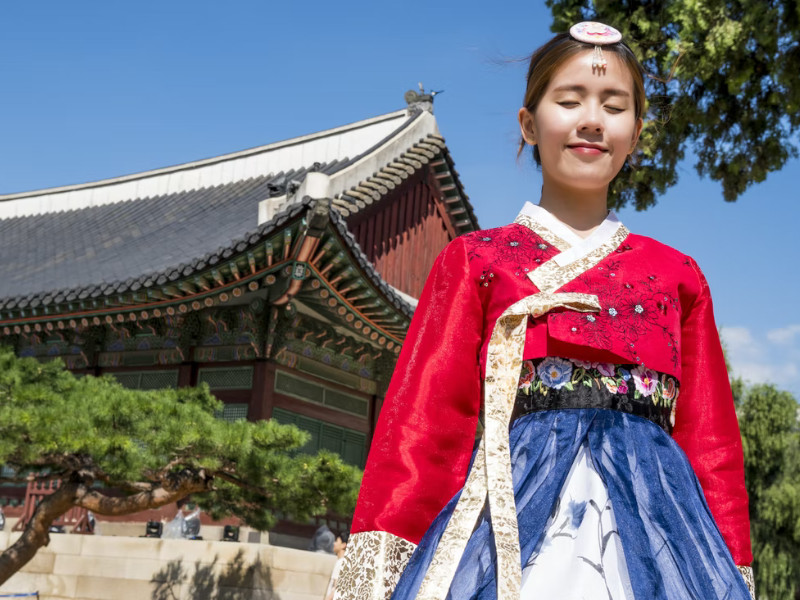
Korea is a place at once traditional and youthful. In some destinations, you’ll feel the same vibe when it comes to fashion and clothes as you do in the US or in Europe, especially in the hip districts and student centers of Seoul – places like Hongdae, Gangnam, and expat-beloved Itaewon. However, that doesn’t ring true for the more rural parts of the country, where some styles of dressing are, at best, frowned upon, and, at worst, considered downright inappropriate.
Yep, break away from the towns and cities, from Busan to the big capital, out to the more bucolic parts of the peninsula country, and you’re sure to find that the people don’t take too kindly to the wardrobe you might have packed back in Greenwich Village or Camden. Importantly, ladies shouldn’t dress in tops that expose the shoulders and should be very careful about the amount of cleavage that’s on show. Sadly, that even goes in the hot summer months, when that light, strappy blouse might be your usual go-to.
Hitting the beach, you’re also bound to notice that there’s nowhere near the same level of people donned in skimpy bikinis as on the French Riviera et al. Strappy swimwear like that is becoming more and more normal, particularly in big beach resort areas like Busan, Jeju-si, and Gangneung-si, but be prepared to be a part of the minority if you’re bring your two-piece along for the journey.
Shaking hands like you do back at home
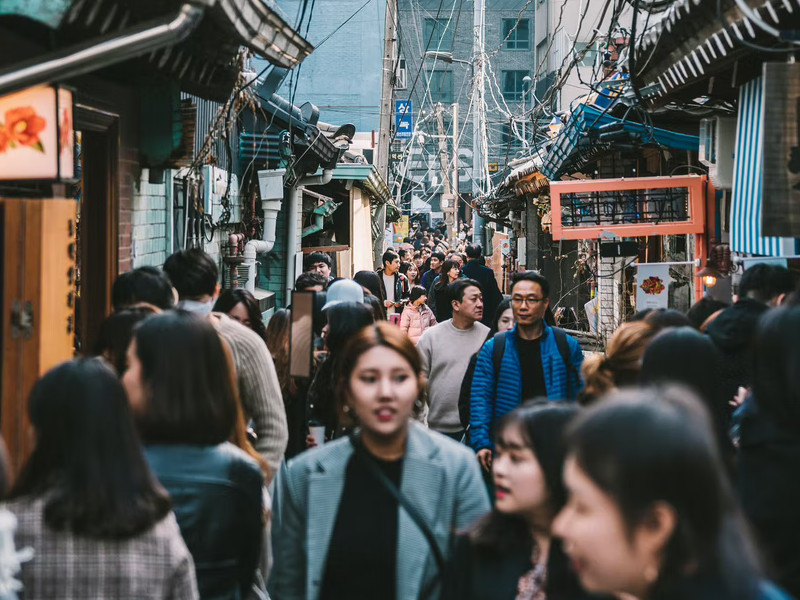
We’re not saying handshakes aren’t kosher in South Korea. They actually are. In fact, they are seen as a sign of deep respect when meeting someone new. But we don’t quite mean the handshakes that you use back at home. Instead of simply reaching out to grab someone, Koreans will often use two hands or even use their left hand rested on or under the right wrist in a sign of support and deference.
You can further heighten your implied respect by opting for a little bow of the head as you shake. Nothing too much – this isn’t Thailand where bows are the currency of virtually all social situations! Just a small duck of the neck as those hands connect and then back upright again. All good.
Sadly, it’s not quite always that simple. How and when to use your extra hand is connected to a pretty esoteric set of social rules that are defined by both age and status. On top of that, handshakes in Korea can be longer or shorter depending on the context, while business handshakes are now commonly done just the same as they are in Western countries. Confused? Us too.
Wearing shoes indoors

Donning your footpads whenever you head inside a home is pretty much a no-go in Korea. You’ll probably even notice that the locals here unlace and de-shoe before even passing through their own entranceway. You should be sure to do the same.
The custom originates from basic building use in Korean culture and history. People here have long used the floor of their house for all sorts, from eating to sleeping to socializing. That means a strong and strict divide is in place when it comes to bringing the dirt and germs of outdoors into the inner sanctuary.
Talking of sanctuaries…shoe removal also stands when visiting most Korean temples (but more on that later) and even when entering some public institutions like schools, libraries, and university halls.
The DMZ
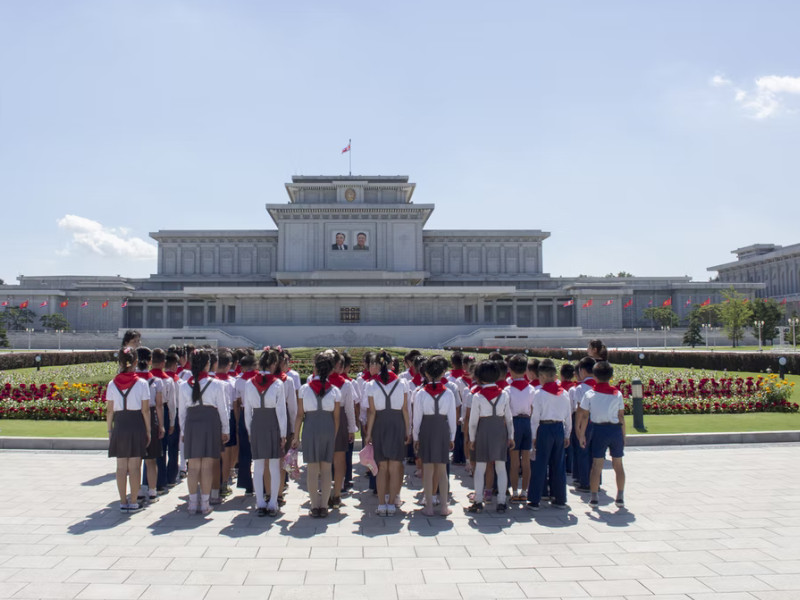
The Demilitarized Zone, or just the DMZ for short, is the narrow sliver of diving land that cuts off two of the most militarized national borders on the planet. To the south you have South Korea and even the glistening skyscrapers of Seoul within eyeshot. To the north there are the dusty hills of North Korea, complete with remote villages and flagpoles bearing the red star and blue stripes of that pariah state.
Of course, this is extremely interesting stuff, so we’re not really saying that the DMZ is one of the things to avoid in Korea while traveling. What we’re saying is that you should be on best behavior if and when you do go!
There are moments on some DMZ tours that take you very close to the North Korea state line. So close, in fact, that you might even be able to make out the shimmering aviator lenses of the troopers there, the glint of the sunlight on their bayonets. If you do see that, stay quiet, stay respectful – this is a tense international border point and people won’t hesitate to pull triggers. Serious stuff.
Hongeo-hoe
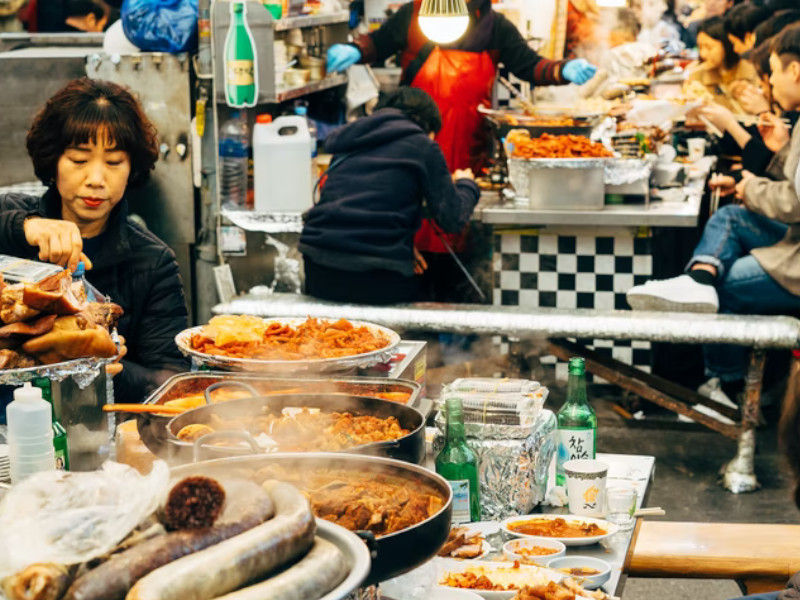
Peg the nose, keep your distance, and move by as fast as you can – that’s usually the expat MO when in close proximity to a shop selling hongeo-hoe. Also known as fermented skate, this aromatically offensive dish is sure to get up the nostrils in grand style. But then what would you expect of a meat that’s been preserved in its own urine? No joke…
Skates – the type of fish used to make hongeo-hoe – actually urinate straight through small glands in their skin. That means that they create a natural imbibing fluid with a pungent ammonia aroma to it, good for fermenting and preserving the seafood but pretty darn terrible if you have any sense of smell whatsoever.
That is, of course, unless you happen to be from the mainland’s southernmost Jeolla province. This land of lush mountains and golden beaches is anchored on the city of Mokpo-si, a place where fermented skates are thought to have been in production since at least the days of the Goryeo dynasty back in the 1300s. Considered a delicacy in those parts, they are often sold as a sort of sashimi platter with kimchi on the side. Go for it, if you dare.
Being disrespectful in temples
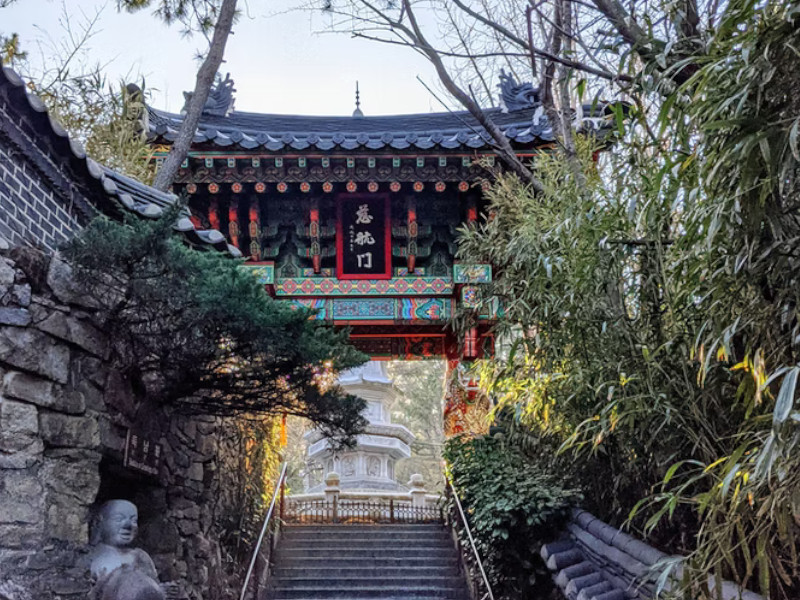
There are a whole set of etiquette rules to follow when you visit a Korean temple. Buddhism reigns supreme among the faiths here, accounting for a whopping 46% of all religious people. And there are some pretty spectacular shrines and temples to go with that, including the 1,460-meter-high Manggyeongsa Temple, the 1,400-year-old Naejangsa shrine, and the mountain-shrouded Daejeonsa of Cheongsong-gun (we could go on and on by the way!).
If any of these are on your bucket list – and they should be – then whiz up on the local rules for what to do and how to behave when you’re there. These could include:
- Specific clothing requirements – As is the case with Catholic churches in Europe, revealing too much skin is not a good idea for visits to temples. The same goes for clothing that’s excessively tight.
- Don’t shout – Being loud in temples or shrines anywhere on the planet is never a good idea. First and foremost, the Buddhist temples of Korea are places of meditation and mindfulness for the monks and followers. You can bet that they don’t want screaming in the background!
- Remove shoes – Certain worship halls require visitors to remove shoes before bowing and preying to aspects of the Buddha.
Staying in Seoul for the whole trip
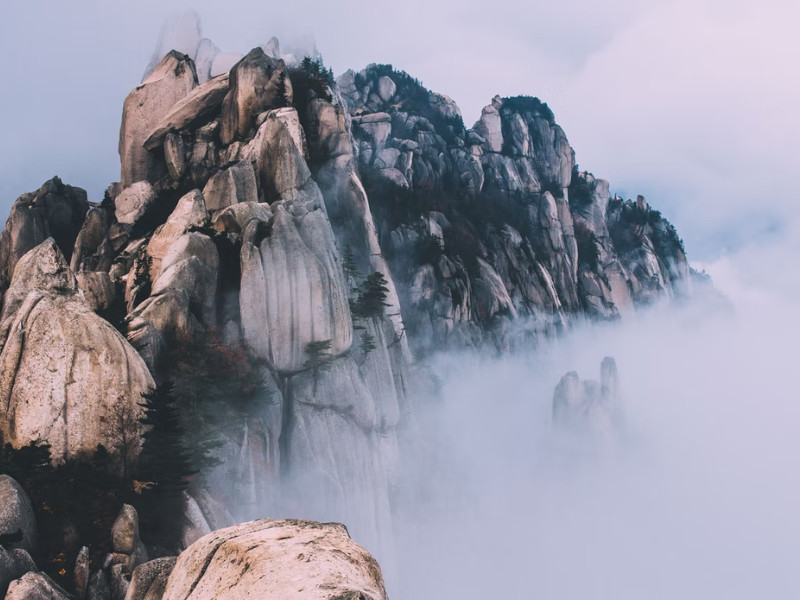
The last tip on our list of things to avoid in Korea is one that we think ALL travelers should adhere too, so long as they have the time. Yes, Seoul is amazing. We’re not knocking the buzz of Itaewon-dong and the immersive Mullae Art Village, nor the epic national art and history museums. It just seems a shame to make that big city your WHOLE Korean experience when there’s so much to get through.
These days, tourists can venture out to some incredible destinations in Korea. Hikers can hit the intrepid trails of the Jirisan National Park and the Seoraksan Mountain. Cultural buffs can explore the religious centers of Guinsa and Haeinsa Temple. History lovers have the DMZ, along with the old teahouses and spas of Boseong.
And that’s not even mentioning the beaches and coastline. There’s oodles in that category, but we think salt-loving tourers should prioritize time to hop to Jeju, a province fragmented off the south of Korea. The landscapes there are incredible, forged by volcanic rocks, lovely coves, and wild waves.
Things to avoid in Korea – a conclusion
There are a number of things to avoid in Korea as a traveler, from smelly fish foods to putting your foot wrong in a country with strong and interesting social norms. On top of that, we’d say be sure to leave the bigger cities to explore the country’s wonderful hinterland and always be on best behavior during a trip to the DMZ!

